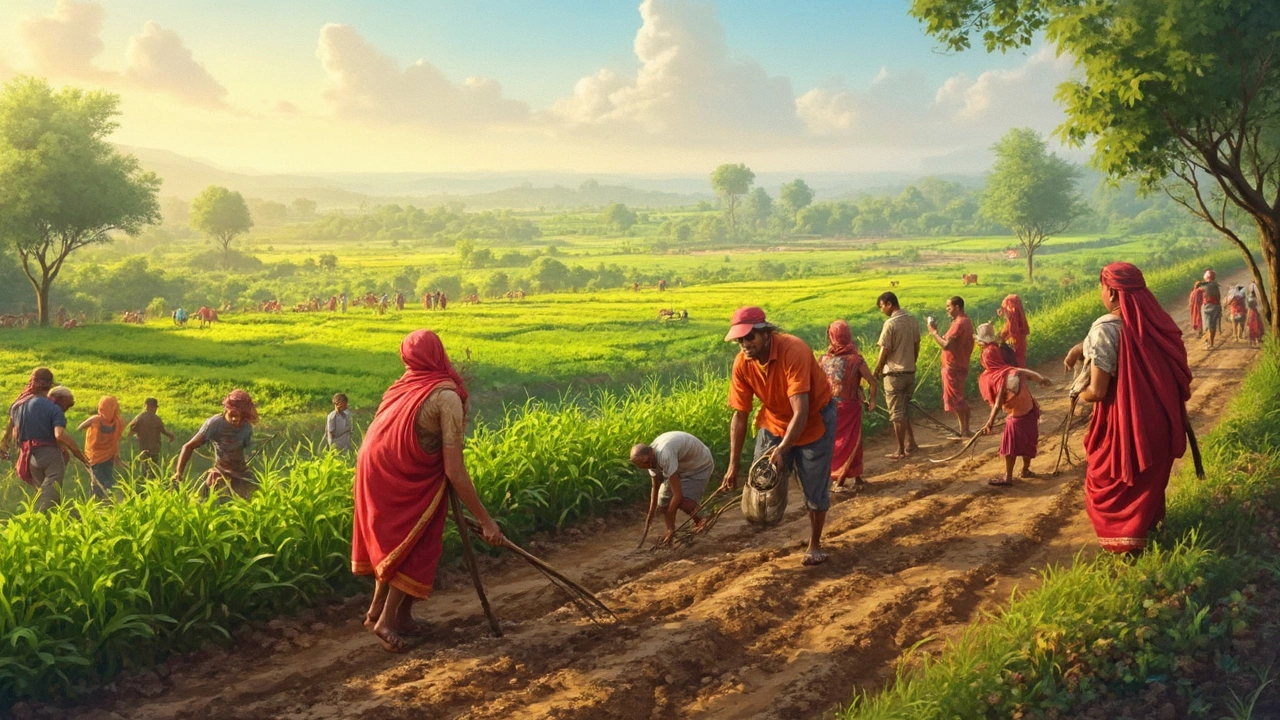Farming Tips: Practical Advice for Modern Indian Farmers
When it comes to farming tips, practical, field-tested strategies that help farmers grow more with less. Also known as agricultural best practices, these aren’t theoretical ideas—they’re what successful farmers in Punjab, Maharashtra, and Odisha use every day to fight drought, low yields, and rising costs. You won’t find magic solutions here. Just clear, no-fluff advice based on real results.
sustainable farming, a way of growing food that protects the land for future generations. Also known as regenerative agriculture, it’s not just about avoiding chemicals—it’s about rebuilding soil, saving water, and working with nature, not against it. Farmers who use cover crops, rotate pulses with cereals, or plant native trees along field edges see better yields over time, even when rain fails. And organic farming, growing food without synthetic fertilizers or pesticides. Also known as chemical-free agriculture, it’s not a niche trend anymore. In states like Sikkim and Andhra Pradesh, whole districts have gone fully organic—and farmers are earning more because buyers pay premium prices for clean produce. The key? It’s not about being perfect. It’s about making one smart change at a time.
What actually moves the needle on your farm?
agricultural science, the research behind how crops grow, how soil works, and how pests behave. Also known as farm science, it’s not just for labs. When a farmer learns why their soil is turning hard and how to test it with a simple jar and water, they’re using agricultural science. That’s how you stop guessing and start fixing problems before they cost you money. And soil health, the living condition of your land—how much organic matter, microbes, and water it holds. Also known as soil vitality, it’s the hidden foundation of every good harvest. Healthy soil doesn’t need as much fertilizer. It holds water longer. It supports stronger roots. And it’s not something you buy—it’s something you build, slowly, with compost, crop residues, and minimal tilling.
What you’ll find below isn’t a list of generic dos and don’ts. These are real stories from Indian farms—how a farmer in Telangana cut his water use by 40% using drip irrigation made from recycled pipes. How a woman in Bihar revived dead soil with cow dung and neem cake. How a cooperative in Madhya Pradesh doubled its maize yield by switching to a single, locally adapted seed variety. No hype. No expensive tech. Just what works, right now, on the ground.
Best Branches of Agriculture: Exploring Your Options
Apr, 3 2025
Agriculture is huge, with many branches like crop production, livestock farming, and horticulture. Each area has unique opportunities and challenges, and your choice should depend on your interests and resources. Understanding the differences can help you make informed decisions about your future in agriculture. Dive into this article to find out which path is best for you.
Read Article→